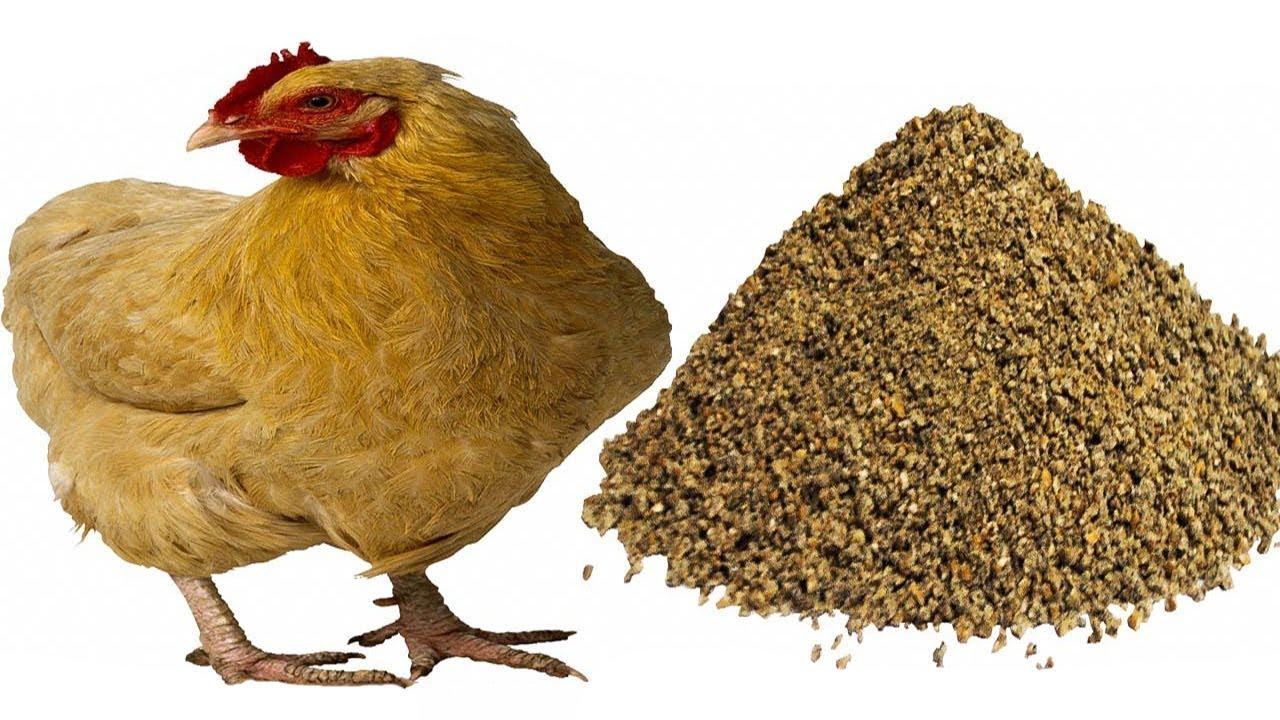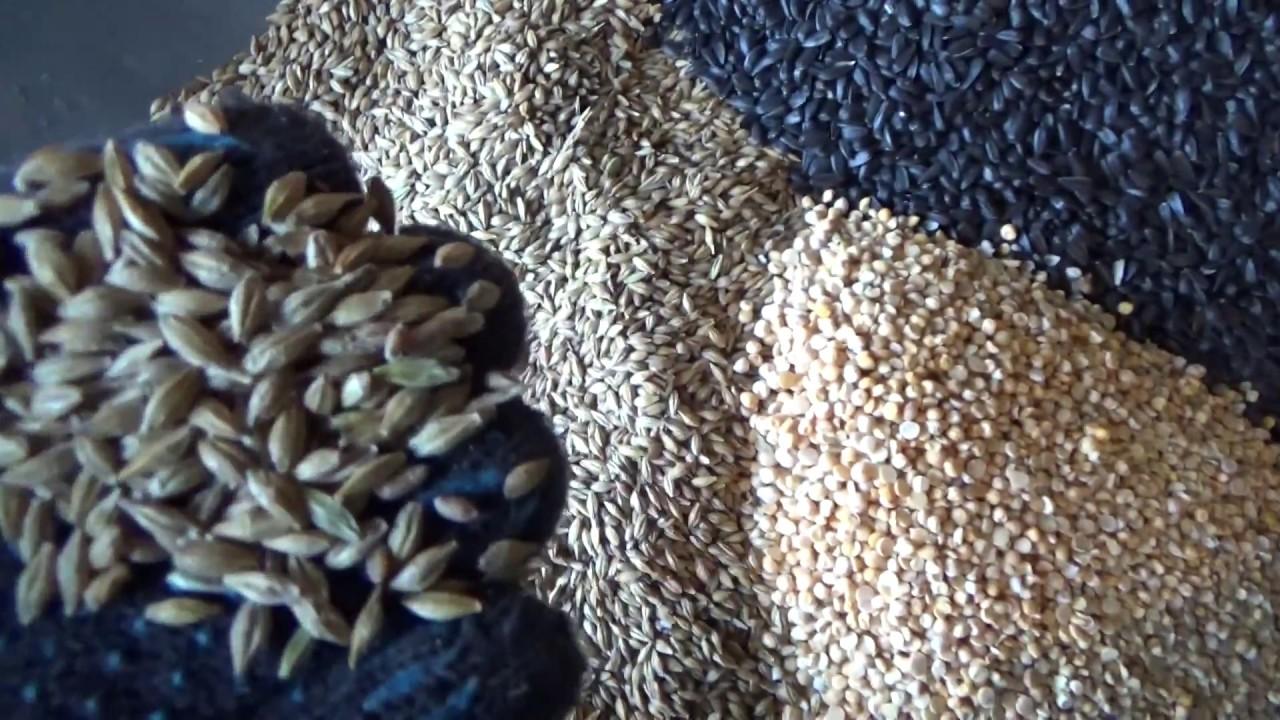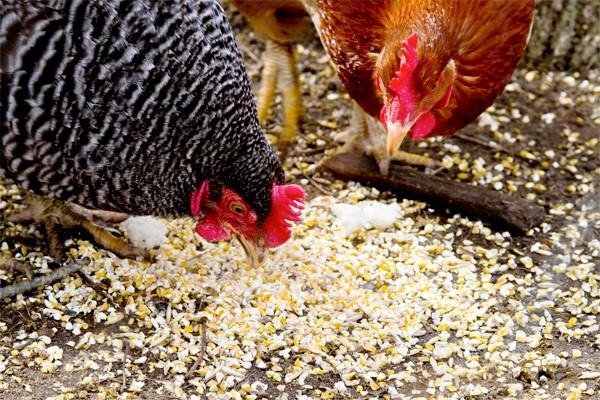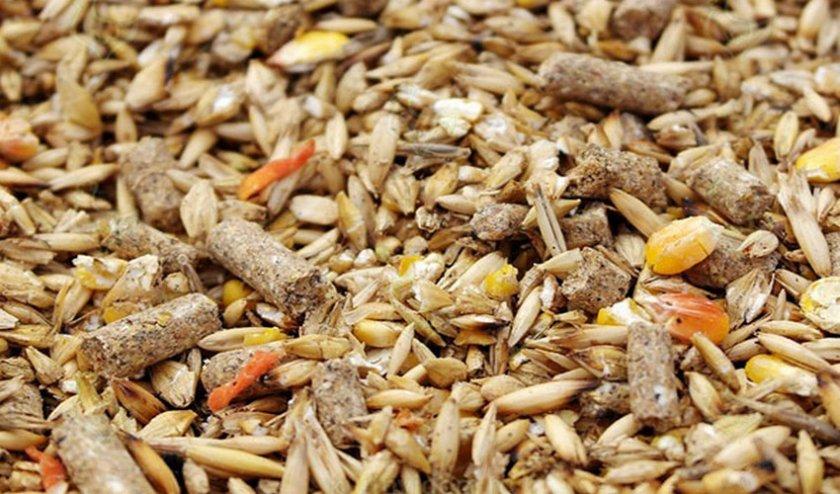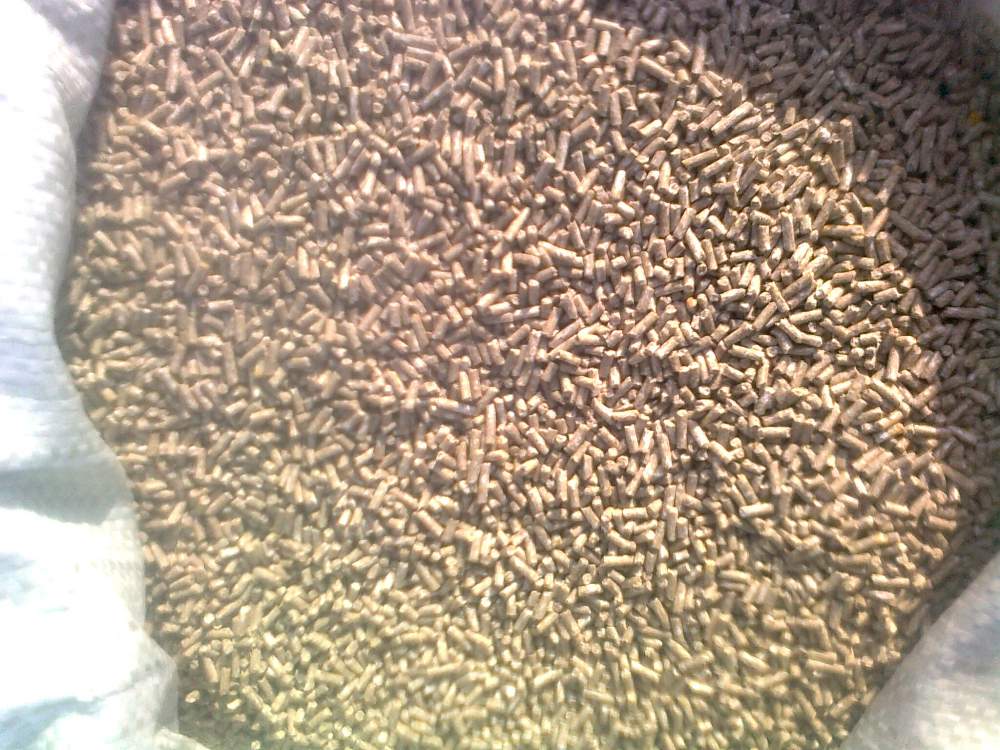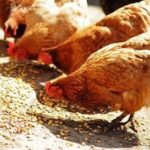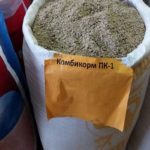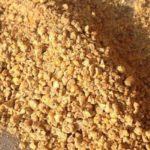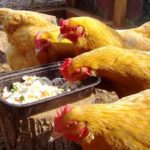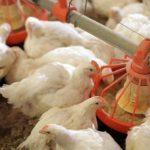A properly formulated diet is the key to active growth and development of laying hens. Factory-made or self-mixed feed for chickens is the best nutrition option. When compiling them, several factors are taken into account: the age of the bird, time of year, availability of components. It is important to choose a mixture intended for feeding a specific group of birds.
- Compound feed in the diet of laying hens
- Composition of chicken feed
- Feeding standards
- How to give correctly?
- Feed consumption standards
- How to choose chicken feed?
- Do-it-yourself compound feed
- Percentage
- What components to use
- Concentrated (cereal)
- Voluminous
- Animal origin
- Yeasting
- Cooking process
- Basic Recipes
- Options for Chicks
- Mistakes when creating a diet
Compound feed in the diet of laying hens
It is quite possible to replace conventional grain mixtures with complete chicken feeds and make them the only nutritional option.
Composition of chicken feed
Manufacturers produce several types of feed for laying hens. When choosing, take into account the age of the bird:
- balanced feed PK-2 made from corn, wheat, soybean and sunflower cake, fish meal, vitamin and mineral supplements is made for young animals;
- For feeding adult laying hens, a mixture of PK-1 is used, consisting of wheat, meat and bone meal, sunflower oil, feed yeast, vitamins and minerals.
The list of ingredients and percentage content is determined according to GOST. It is only necessary to take into account that excess/lack of protein provokes a deterioration in the egg production of chickens.
Feeding standards
The diet is prepared based on certain standards. Approximate composition of feed for laying hens:
- cereal grains/legumes – 45/5 g, respectively;
- mealy food – 20 g;
- meal, yeast – 7 g each;
- animal feed – 5 g;
- green food (root vegetables) – 55 g;
- mineral supplements – 7 g;
- salt – 0.5 g.
Advice! When preparing the mixture, take into account the time of year. The summer diet is varied, while the winter diet is more dietary.
How to give correctly?
Feeding the bird is divided into several meals. Recommended schedule: 8 am in the morning, 1 pm at lunch and dinner at 6 pm. If in the summer the birds are released for free grazing at lunchtime, then food is given twice a day (the main portion is poured out in the morning). In winter, they follow a three-times-a-day feeding schedule.
Feed consumption standards
Poultry nutrition must be strictly dosed, since overfeeding and underfeeding are equally harmful to health. Norms are calculated taking into account the age of the chickens.
| Bird age (in weeks) | Feed rate per day, g | Weight of feed for the period, g |
| from 1 to 3 | 15-28 | 400 |
| from 4 to 8 | 35-50 | 1300 |
| from 9 to 16 | 55-70 | 2200 |
| from 17 to 20 | 72-90 | 3500 |
| from 21 to 27 | 95-105 | 5700 |
| from 28 to 45 | 115-120 | 15000 |
| from 46 to 65 | 120 | 17000 |
How to choose chicken feed?
Balanced feed includes all the nutritional elements necessary for laying hens. When choosing a mixture, take into account the age of the laying hens and seasonality. Among the variety of feed manufacturing companies, several of the most popular ones can be identified. The top lines of the rating are occupied by: Cherkizovo Group, Prioskolye, Miratorg, Cargill, Rusagro. Among the import suppliers of mixed feed, the top three leaders include the British concern AB Agri, the Addcon group of companies, and the French company Adisseo SAS.
Do-it-yourself compound feed
If you have time, you can make the food yourself to save time on finding a reliable manufacturer and shipping costs. Mixing ingredients is easy to do at home. It is important to choose the right composition and maintain proportions. And then it’s easy to prepare a complete feed.
Percentage
The source of carbohydrates and the basic component is grain, the share of which can be up to 80%. The protein part will be provided by legumes, part of which is up to 45%. Cake and meal (sources of amino acids) account for up to 25%. The proportions of the components depend on the age of the chickens and seasonality.
What components to use
Since the composition of the feed affects the egg production of the bird, it is necessary to prepare a balanced diet.The diet is filled with carbohydrates, protein components, fats, vitamin and mineral supplements.
Concentrated (cereal)
These components contain about 70% easily digestible carbohydrates. It is advisable to use 2-3 types of cereals (corn, oats, wheat, rye, buckwheat, barley). To choose the optimal set, you need to track which grain the chickens peck more actively. Before the grain is added to the mixture, it is crushed or ground.
Voluminous
The components contain a lot of fiber and vitamins that will reduce the risks of obesity. The food is enriched with juicy fresh herbs, root vegetables, fruits, vegetables, berries, and silage. If you want to get an egg with a rich orange yolk, add carrots and pumpkin to the laying hens’ diet. Coarse structure components (hay, dust) are used in winter.
Animal origin
These are foods containing large amounts of protein. Manufacturers add waste from meat processing plants and fish residues to the feed. At home, you can use dairy products, which will also be a source of calcium.
Yeasting
Yeast is added to mixtures of various types (cereal, juicy, vitamin) to increase nutritional value. Yeast contains iron, phosphorus, proteins, proteins, and a complex of vitamins. The additive (100 g of yeast per 10 kg of feed) is added to the warm mixture and left for 6-9 hours (yeasting lasts).
Important! The food must be used within a couple of hours, as the mixture then sours and becomes unusable.
Cooking process
When creating food, you must mix the ingredients thoroughly. It is easiest to work with ingredients of the same fraction. If components of different fractions are used, it is recommended to add a little water/whey to the feed.
Basic Recipes
When preparing any mixtures, it is recommended to use all components in appropriate quantities. Popular recipes:
| Composition 1, in grams | Composition 2, in grams |
| · corn, 500
· wheat, 100-130 · barley, 80 · peas, 30 · sunflower meal, 85 · bone meal, fish meal, 68 each · yeast, 60 · herbal flour, 60 · salt, 2 |
· wheat, 400-500
· barley, 100-200 · wheat bran, 50 · vegetable oil, 20 · meat flour, 35-70 · chalk, 26-30 · salt, 3 |
Options for Chicks
To feed young chickens, mixtures of finely ground cereals are prepared. Approximate composition of the mixture for egg-laying chickens, taking into account their weekly age:
| Component, in grams | Age | |||
| 1-8 | 9-21 | 21-47 | from 48 | |
| Corn | 30 | 30 | 34 | 40 |
| Wheat | 38 | 48 | 30 | 20 |
| Sunflower meal | 17 | 2 | 13 | 11 |
| Yeast | 3 | 3 | 3 | 3 |
| Herbal flour | 3 | 6 | 4 | 4 |
| Chalk | 2 | 1 | 3 | 3 |
| Salt | — | 0,4 | 1 | 1 |
Mistakes when creating a diet
The quality of feed affects the health of birds, their ability to lay eggs and the quality of eggs. Therefore, it is necessary to eliminate common mistakes when preparing a diet and preparing a mixture:
- ready-made feed is never supplemented with vitamin supplements (they are already in the mixtures);
- if in the warm season the bird pecks grass on the pasture, then additional portions of greenery are not added to the feed;
- It is not recommended to grind grains into flour, since large lumps form in the feed when liquid is added.
It is advisable to acquire a granulator in order to independently convert the dry mixture into granules of the required size (chickens are fed small granules, and adult birds are fed larger ones). Correctly selected components and proportions will improve the nutritional value and digestibility of the feed. Thanks to this, the bird will grow actively. High-quality feed will increase the productivity of chickens.

